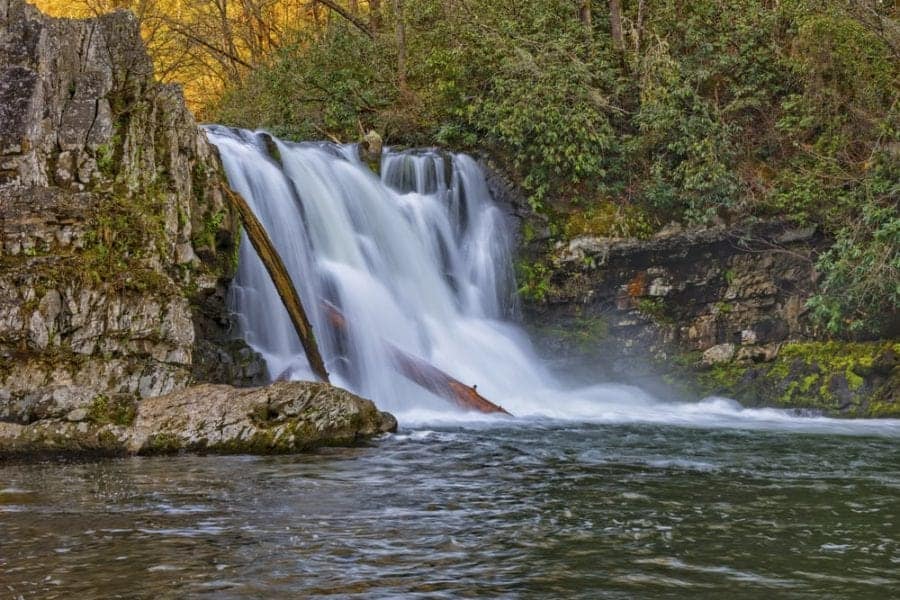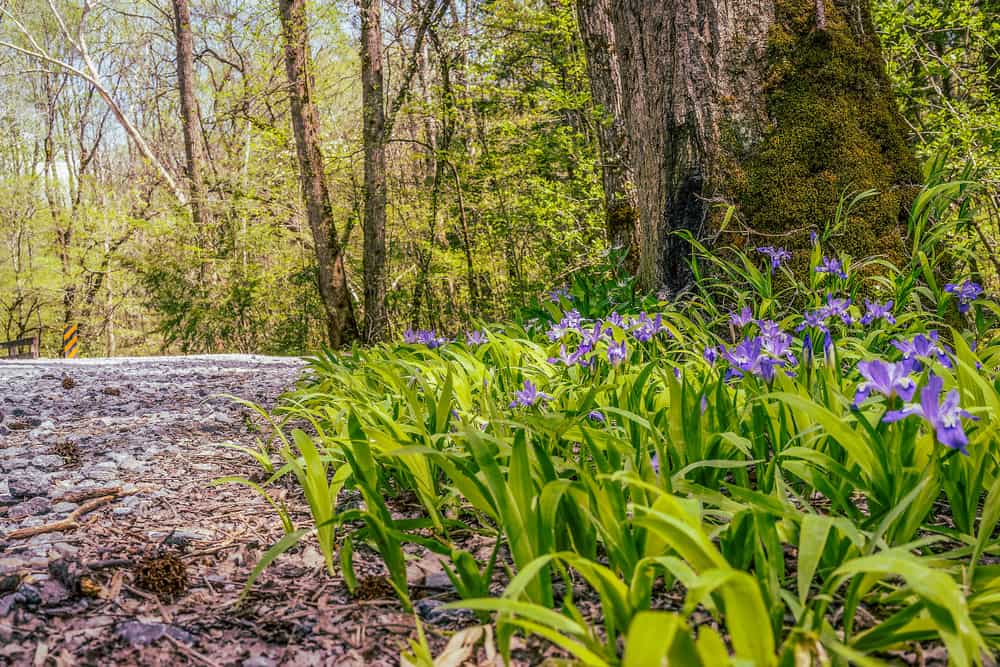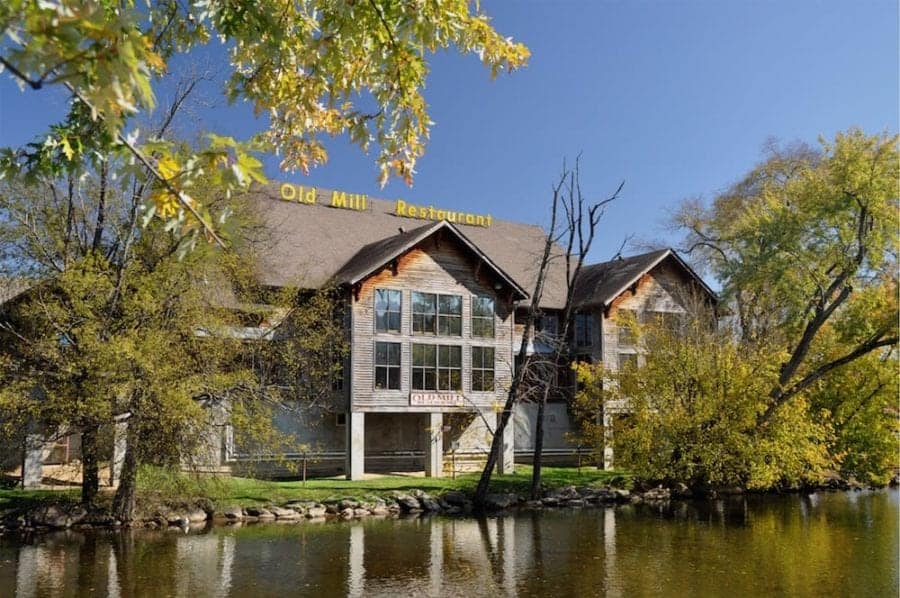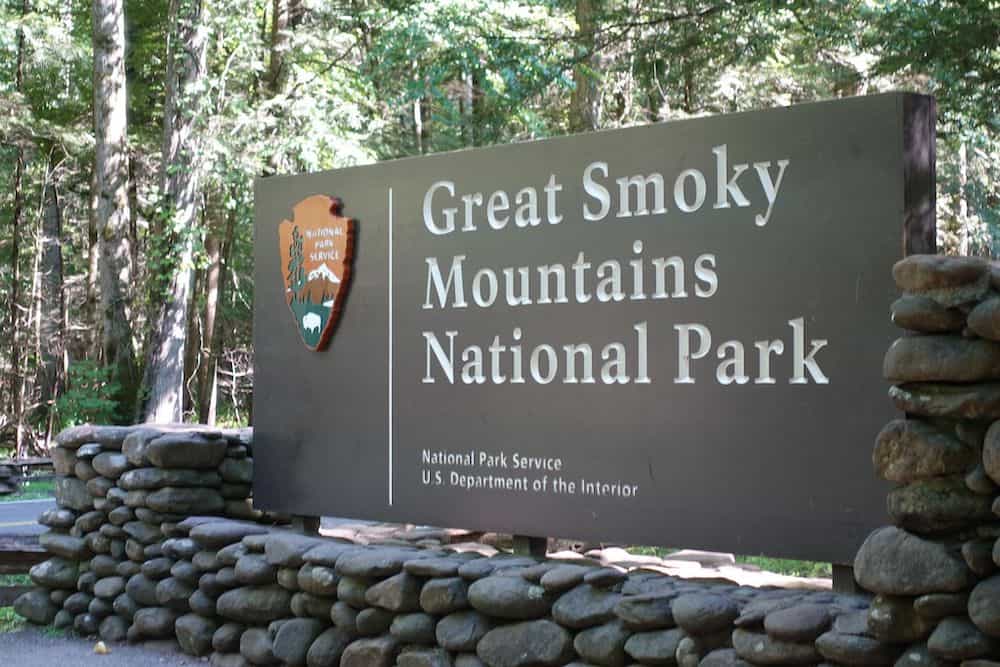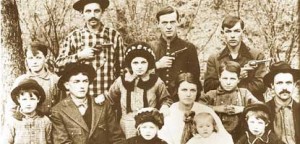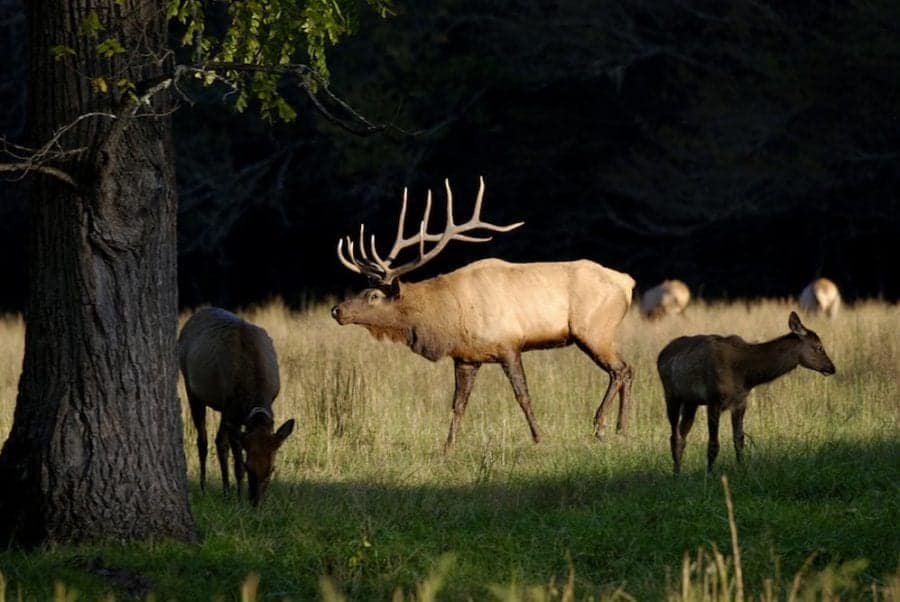
The Smoky Mountains region is one of the most beautiful and celebrated areas in the world. In addition to the excellent white water rafting in Gatlinburg TN, Sevier County is home to the world-famous Great Smoky Mountains National Park. One of the highlights of the national park is Cataloochee Valley, a stunning plain with a fascinating history and diverse wildlife.

